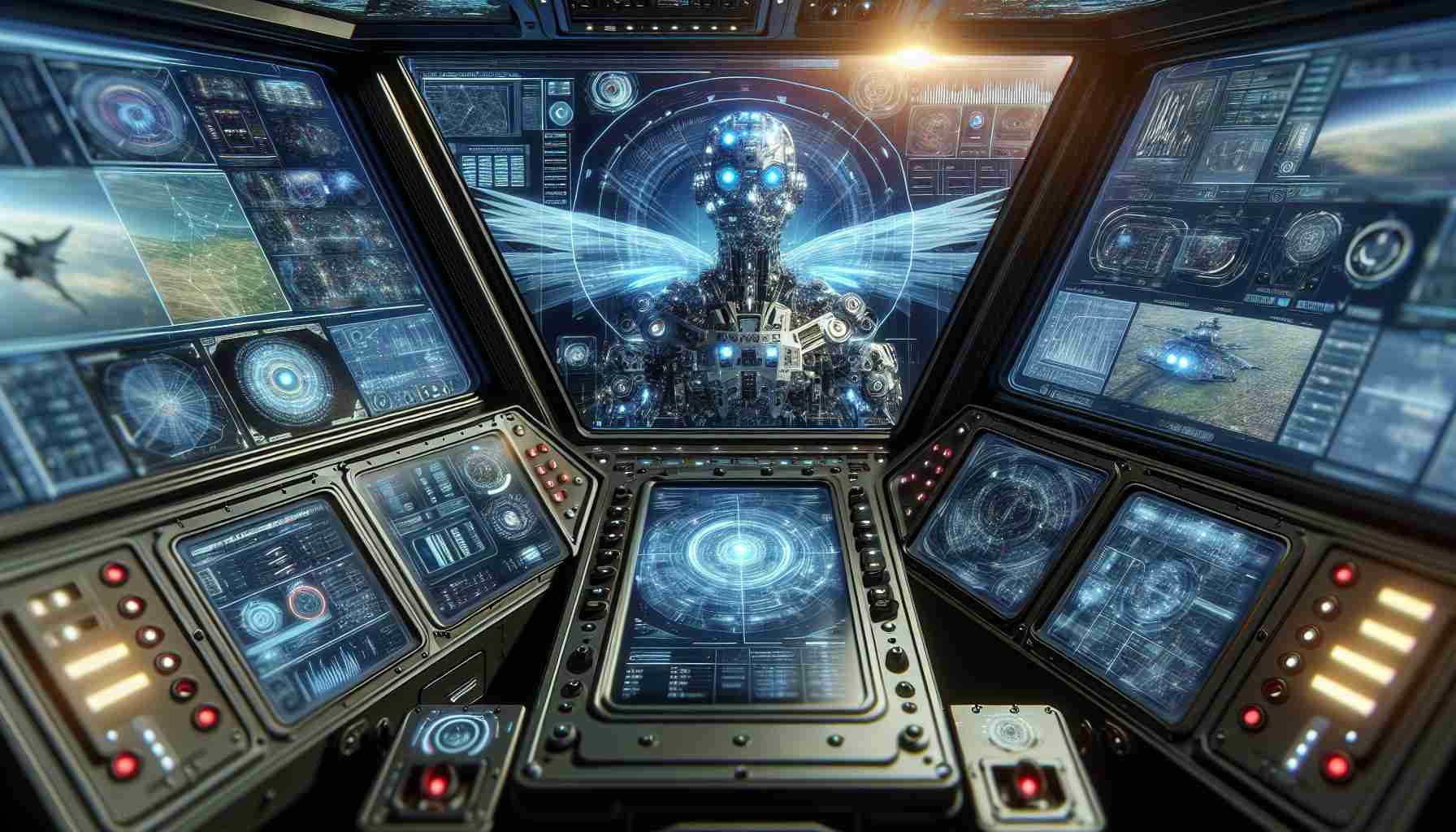Evolving Cockpit Tech: Beyond Traditional Electrical Systems
The aviation industry has witnessed a tremendous technological evolution over the decades, with aircraft cockpits transforming from complex webs of wires and analog instruments to sleek digital interfaces packed with cutting-edge technology. This evolution is driven by the need for enhanced safety, efficiency, and pilot comfort. As we delve into the contemporary advancements in cockpit technology, it’s clear that modern innovations have far outpaced traditional electrical systems, ushering in a new era of aviation.
Modern Cockpit Innovations Outpace Old Systems

In the past, aircraft cockpits were dominated by an array of gauges, dials, and switches that required pilots to possess a sophisticated understanding of manual navigation and control. The complexity and potential for human error inherent in these setups were significant challenges. Over time, advancements in digital technology have revolutionized cockpit design, replacing outdated analog systems with integrated digital displays known as glass cockpits. These allow pilots to access flight information more intuitively and efficiently, reducing the cognitive load and the risk of error.
Modern cockpits now feature sophisticated avionics systems that integrate multiple functions into a single interface. This integration not only streamlines operations but also enhances safety by providing pilots with real-time data and predictive analytics. For instance, advanced flight management systems (FMS) offer precise navigation, automated flight control, and optimization of flight paths, thus minimizing fuel consumption and improving operational efficiency. The shift from traditional electrical systems to these modern innovations underscores a broader trend toward digitalization and automation in aviation.
Additionally, the advent of augmented reality (AR) and virtual reality (VR) technologies is beginning to reshape cockpit environments further. These technologies provide pilots with augmented situational awareness, overlaying critical flight information directly onto their field of view. This capability enhances decision-making by allowing pilots to focus more on flying and less on interpreting complex instrument panels. As these technologies become more refined, their integration into cockpit systems is expected to become even more pronounced, setting the stage for a new standard in aviation excellence.
From Wires to Wonders: Tech Revolution in Flight

The transition from traditional wires to cutting-edge wonders in cockpit technology marks a significant milestone in aerospace innovation. Early cockpits relied heavily on expansive wiring systems to connect various instruments and control mechanisms. Each gauge and dial was connected via a labyrinth of wires, making maintenance a daunting task. Modern cockpits, however, have significantly reduced the need for such intricate wiring by adopting fly-by-wire systems. These systems replace manual controls with electronic interfaces, streamlining operations and reducing aircraft weight.
The introduction of fly-by-wire technology represents a paradigm shift, allowing for more responsive and precise control of the aircraft. By utilizing electronic signals to transmit pilot inputs, these systems offer enhanced stability and maneuverability, especially in extreme flight conditions. The reduction in mechanical components not only improves reliability but also simplifies maintenance procedures, resulting in less downtime and reduced costs for airlines. This seamless blend of mechanics and electronics exemplifies the tremendous strides made from the old wiring days to the digital age of aviation.
Moreover, the integration of artificial intelligence (AI) into cockpit systems paves the way for a more automated and intelligent flight experience. AI-powered systems can process vast amounts of data and provide predictive insights, aiding pilots in decision-making processes. From predictive maintenance alerts to automated flight path adjustments in response to weather conditions, AI is transforming the cockpit into a proactive, rather than reactive, environment. This evolution from traditional systems to AI-enhanced technologies highlights the ongoing revolution in aviation, punctuated by a commitment to safety and efficiency.
The evolution of cockpit technology signifies one of the most significant advancements in modern aviation. As we continue to push the boundaries of what’s possible, it becomes evident that the future of aviation lies in the continuous integration of advanced technologies. From digital displays that streamline pilot interfaces to AI systems that anticipate flight needs, the innovations in cockpit tech are transforming the way we fly. As these technologies continue to mature, they promise to enhance the safety, efficiency, and overall experience of air travel, taking the industry to new heights.



